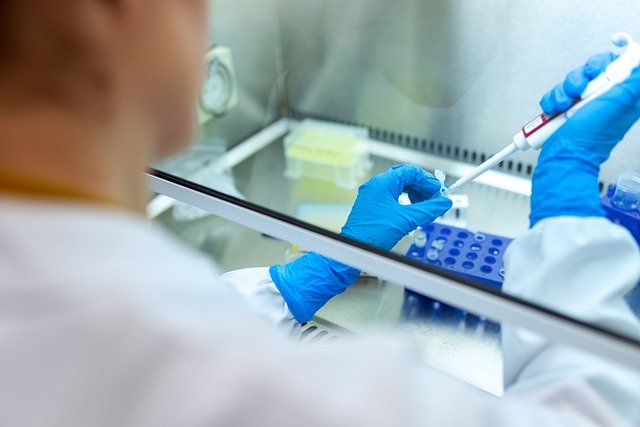
If you work within a laboratory, you already know how important of an instrument your pipettes are.
If you work within a laboratory, you already know how important of an instrument your pipettes are. Making sure they’re organized, calibrated, and, more importantly, decontaminated is crucial for accuracy while measuring for projects and experiments. Pipettes tend to accumulate residue the more they are used, which could impact your results. Pipettes also handle biological and chemical liquids that could be a source of cross-infection. Harsh chemicals can also erode the internal components within the pipette. Read on to learn why pipette decontamination is so essential and how to go about cleaning them!
When to Decontaminate Your Pipettes
There are a few different occasions while working when you should take time to decontaminate your pipettes. It would be best if you annually decontaminated them at least once a year. Another time to clean your pipettes is when you are switching between projects. You don’t want any chemical residue from your old project to be left inside the pipettes for your next project. Decontamination is also crucial while working with any highly infectious agents or dangerous compounds. Last, pipettes that are being shipped to other lab facilities must be decontaminated beforehand. Whenever lab equipment, in general, leaves your lab, it has to be decontaminated.
Decontamination Procedure for a Mechanical Pipette (Tacta, Mline, and Proline Plus)
- Unscrew your tip ejector collar counterclockwise and then remove it. Remove the Safe-Cone Filter if fitted.
- Unscrew the tip cone holder counterclockwise and then carefully remove it along with the tip cone.
- The piston is located left on your mechanical pipette.
- Place your tip ejector collar, tip cone holder, tip cone, and tip cone cylinder into a beaker containing about 70 percent ethanol and leave it there for 30 minutes at least.
- After performing the procedure mentioned earlier, remove the components from your beaker and rinse them out with distilled water, then dry with warm air for at least an hour.
- Re-grease your piston as described in the instruction manual. Replace all of your components, including a new filter if fitted.
Decontamination Procedure for an Electronic Pipette(Picus, Picus Nxt)
- Unscrew your tip ejector collar counterclockwise and then remove it. Remove your Safe-Cone Filter if fitted.
- Unscrew your tip cone holder counterclockwise and carefully remove the tip cone holder, cone, and spring.
- Unscrew your piston counterclockwise from the pipette.
- Place your tip cone, tip cone holder, tip ejector collar, piston, and spring into your beaker containing around 70 percent ethanol and leave for at least half an hour.
- After performing the procedure above, remove all components from your beaker, rinse out with distilled water, and then dry preferably in warm air for about an hour.
- Re-grease your piston as described in the instruction manual. Replace all of your components, including your new filter if required.
FOR ALL LAB EQUIPMENT AND LAB NEEDS, CONTACT LAB PEOPLE TODAY
The Lab People Inc. is a trusted provider of laboratory equipment, services, supplies, and rental equipment for you and your laboratory. As an ISO 17025 accredited service organization, we stand behind our services with 100% satisfaction guaranteed for all of our customers. We are here to provide you with the best lab equipment service, equipment, and supplies.
For more information about how we can assist you, visit our website, email us, or give us a call at 1-800-296-2001!
Do not forget to follow us on Facebook, Twitter, and Linkedin!